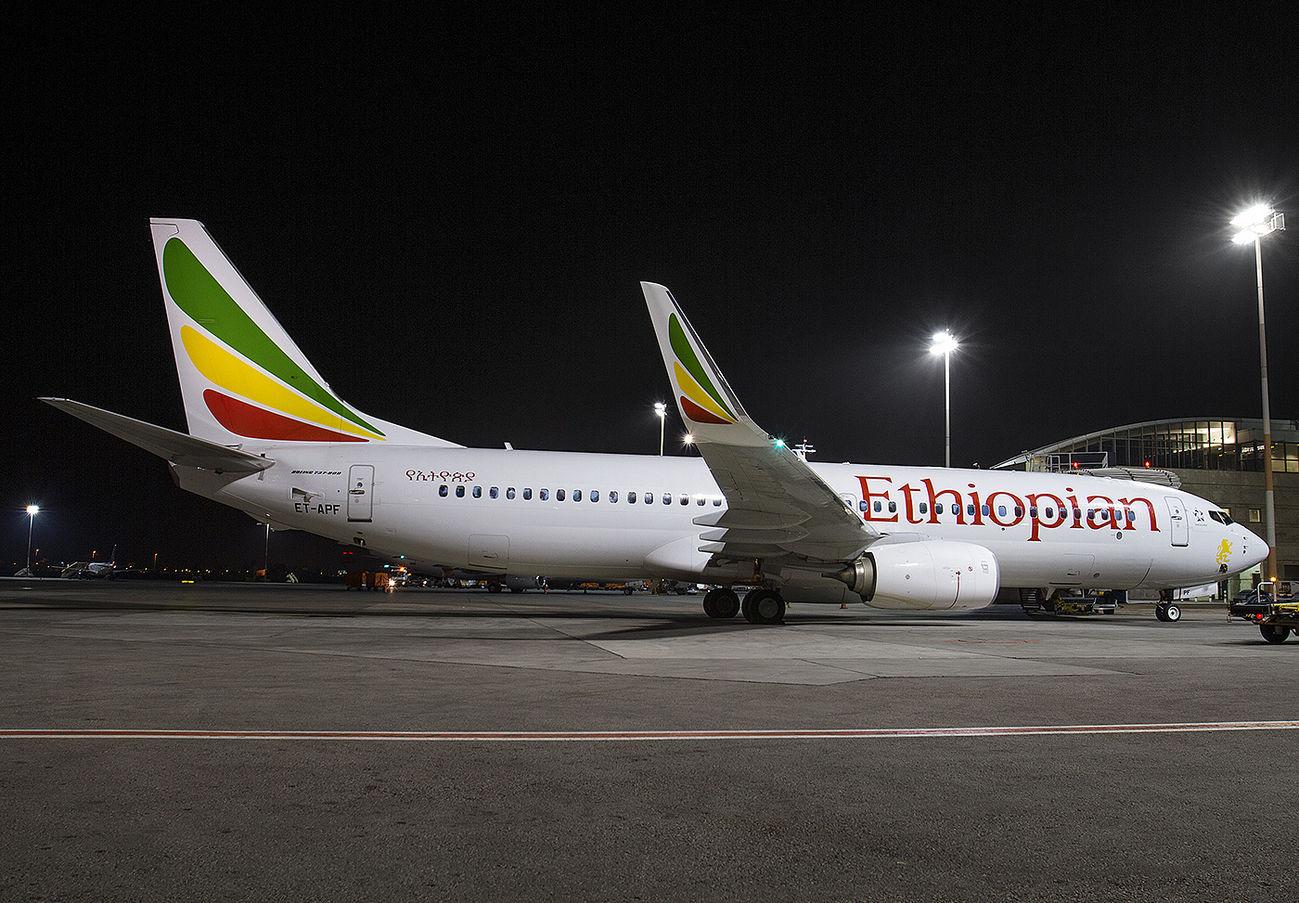
Asset Backed Securities (ABSs) for leasing aircraft have proven surprisingly resilient during the COVID crisis, but they still pose risks for MROs seeking to perform and get paid for maintenance of leased aircraft on time.
These were two major takeaways from a recent webinar presented by IBA President Phil Seymour and Clay Smith, a partner at Split Rock Aviation, which monitors aviation ABSs.
The challenges are not trivial. Post-2015 ABSs have financed more than 700 commercial aircraft, the great majority of which are Boeing 737-800s or Airbus A320-200s. About 60% of these narrowbodies leased under ABSs are now flying.
With the crash in traffic, dozens of airlines operating nearly 1,600 aircraft have failed or entered bankruptcy administration. These failures, plus the stresses on the rest of airlines, have hit ABS investors hard, just as they have hit other aviation stakeholders. Governments have provided about $200 billion in aid to airlines, which has helped carriers and their creditors, including ABSs.
Nevertheless, some airlines cannot and have not paid full lease obligations and have negotiated deferrals of payments. Most ABSs are no longer paying principal or interest to their B and C note holders.
Yet senior note holders are still, mostly, getting paid on time, and ABSs have not defaulted on any absolute obligations. That is the resilience that has surprised and pleased aviation investors.
“It was a surprise how well things held up,” Smith observes. The problems peaked in summer 2020, after which things have slowly improved. However, “There’s still a long way to go.”
The effects of all this on aircraft maintenance and MRO providers hinges on the terms of ABSs, which set up priorities for paying investors and other obligations when monthly receipts are less than expected.
The senior maintenance support account, a reserve for paying future estimated maintenance, comes fourth after paying the ABS servicer and interest on A and B notes. A junior maintenance account comes seventh in priority, after amortization of A and B notes is achieved. “At present, very little cash gets down to this level,” Smith says.
Under the maintenance look forward, both senior and junior maintenance reserves fully fund only the next month’s maintenance, if they can, with lesser shares of future months’ maintenance set aside.
“The trusts have very limited ability to reserve for future cash expenses even when they know these are coming,” Smith says. “They are forced to pay out a lot of cash, particularly to the notes.” For example, if and ABS foresees a $10 million MRO expenditure three months out, it can reserve only $2.5 million now, before it pays out note holders.
In the past, if maintenance reserves were insufficient for actual maintenance, regular lease payments of as much as $5-6 million made up the difference. That source has shrunken drastically during the pandemic. “Some trusts have seen an 80% decline in cash flows,” Smith notes.
Furthermore, early returns and storage can also boost MRO costs, and these too may go well beyond maintenance reserves. “These are generally not adequately reserved for,” Smith says.
For when an aircraft is returned to the lessor, Phil Seymour says there are ferry flights, possible engine swaps, record searches, insurance costs, continuing airworthiness management, preparation for storage and eventually reconfiguration for the next lessee, all likely to be well above reserve expectations.
Seymour says a lot of aircraft are coming back now, often from failed airlines and “causing big logistical problems.” Spreadsheet predictions of maintenance costs simply do not capture these kinds of unscheduled costs.
ABS trusts with inadequate MRO reserves to meet these costs have few options. Asset sales are limited by ABS agreements. “Sales may be at distressed prices, and the trust has a limited ability to sell at discount prices,” Smith says. And sales, which can take a long time to arrange, are not a good way to meet a short-term cash crisis.
Maintenance may be deferred or limited, often a workable option for an old asset such as an engine likely to go out of service soon. MRO providers may want to help ABS managers with this option. Or the trust may negotiate deferred payments to MRO providers. “They can say, we can’t pay you in 30-60 days, but can pay in 120-150 days, that may be attractive,” Smith argues.
Unlike for leasing companies, ABS finances are fairly visible, so a supplier can know when it has a realistic chance of getting paid and make a smart choice about accepting this offer.
Or the ABS may simply not pay a provider, which happened last time around but fortunately has not happened yet in the pandemic all this is just another way of saying that ABS resilience from the long-term perspective of investors has posed a lot of short-term problems for ABS managers, MROs and other suppliers. Understanding ABSs will continue to be a requirement for MROs that want to do business with airlines that finance aircraft with this tool.
For, unlike the financial crisis of 2008-09, after which it took years for new ABSs to be issued, there are already new ABSs being arranged or expected in the near future. These ABSs will be modified to try to mitigate at least some of the problems that have arisen during the pandemic.





